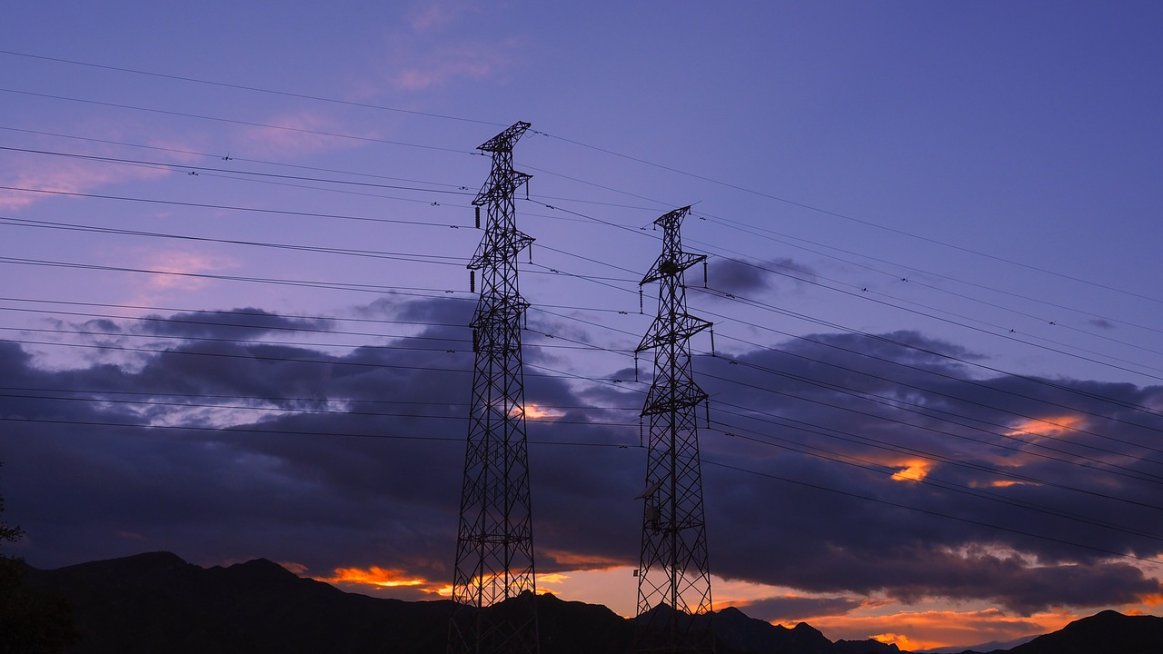
At Greentech Renewables we are always looking to hear from our contractor customers about the questions that are on their minds. Recently we came across an especially relevant question that asked us if there was a way for grid-tied solar arrays to continue producing power even if there was a utility outage. As the majority of solar installations are grid-tied it’s important for installers to provide solutions that can offer a return for the homeowner by selling their power back to the grid. But homeowners also want the ability to be energy independent. With wildfire and hurricane season starting to begin, now is the perfec time to dive into this question.
The last full year with power outage data is 2017 and in that year 36.7 million Americans experienced a power outage. In 2019 28.4 million Californians alone were affected by local power outages and this number is only expected to grow, not only in California but across the US. This increase is due to both aging grid infrastructure and an increase in disruptive weather patterns that damage power lines. So how can installers provide a solution, especially if the homeowner is unsure about whether they want to include a battery with their PV system?
Normally for a grid-tied system, an inverter is used to convert the energy produced by the modules to power your home and send excess power to the gird. But, grid-tied inverters are also cFarefully designed to stop working immediately if the grid fails (blackout) or fluctuates (brownout). This is mainly to prevent injury to anyone arriving to repair the local grid - the utility doesn't want some separate source of generation to come online unexpectedly. So, in order to keep a grid-tied inverter working during an outage, something has to “fake it” into thinking there is a healthy grid present. Hybrid inverter technology has allowed for the creation of micro-grids in the event of a utility outage. Let’s look over some examples of effective solutions. These inverters, either by themselves or in combination with a battery storage system, can keep your panels working even if the grid is down.
Current Solutions
For SMA the answer to this problem is their Sunny Boy inverter. It’s an inverter capable of rapid shutdown so your power is immediately taken off the grid in case of a blackout. SMA's Sunny Boy is also acquitted with a unique Secure Power Supply. This feature has been improved from previous inverters, and now can supply up to 2,000 W of opportunity power in the event of a grid outage. SMA is able to provide homeowners with the ability to continue to generate power even in the case of a blackout.
Enphase’s solution uses its brand of microinverters in combination with its combiner series. The combination of these two products allows PV systems to switch between using the grid when the gird is working or going off-grid if the power is down. The microinverter recognizes that the grid is down and switches over to a “grid-forming inverter mode” and isolates the system from the grid. This allows the home to safely continue producing power without having to go completely off-grid.
Solaredge can provide homeowners with their StorEdge solution. This inverter, paired with a battery pack can allow homeowners to fully optimize their power usage and keep the lights on when the power goes out. This inverter like the ones above can easily switch between sending power to the grid versus powering your home through a battery pack. The inverter is easy to install and can be connected to both solar and storage products. This product pairs perfectly with LG Chem’s RESU battery solution.
If one of your current projects requires a battery and inverter combo Generac’s PWRCell solution provides both. The PWRCell inverter comes in multiple versions with single-phase and three-phase options available to consumers. On the battery side, Generac has the PWRCell battery cabinet; a smart battery that can provide both backup power and energy management to a home. The PWRCell inverter in partnership with the PWRCell battery cabinet can provide homes with the power they need to keep their home running during a power outage.
Conclusion
Hybrid inverter solutions can only provide homes with a limited amount of power. If your projects are in an area that suffers from frequent blackouts due to poor weather conditions or outdated infrastructure then attaching a battery pack to the system would be essential. Some of the top batteries available include the Panasonic EverVolt, LG Chem RESU and as mentioned earlier Generac PWRCell. All of these products provide homes with a more reliable energy supply and are necessary for consistent backup power. For homeowners who are unsure about battery storage as the best solution for them, a hybrid inverter would allow them the flexibility to later easily add a battery solution if they want to. But, if you are retrofitting a project to include a battery pack, then the hybrid inverter is not the best solution; AC coupling would be the best practice as the home will already have a grid-tied inverter installed.
Thanks to changes in technology going completely off-grid isn’t necessary to achieve a level of energy independence. These products are very installer-friendly and can provide a new opportunity for creative solutions to solve your client’s energy problems.
